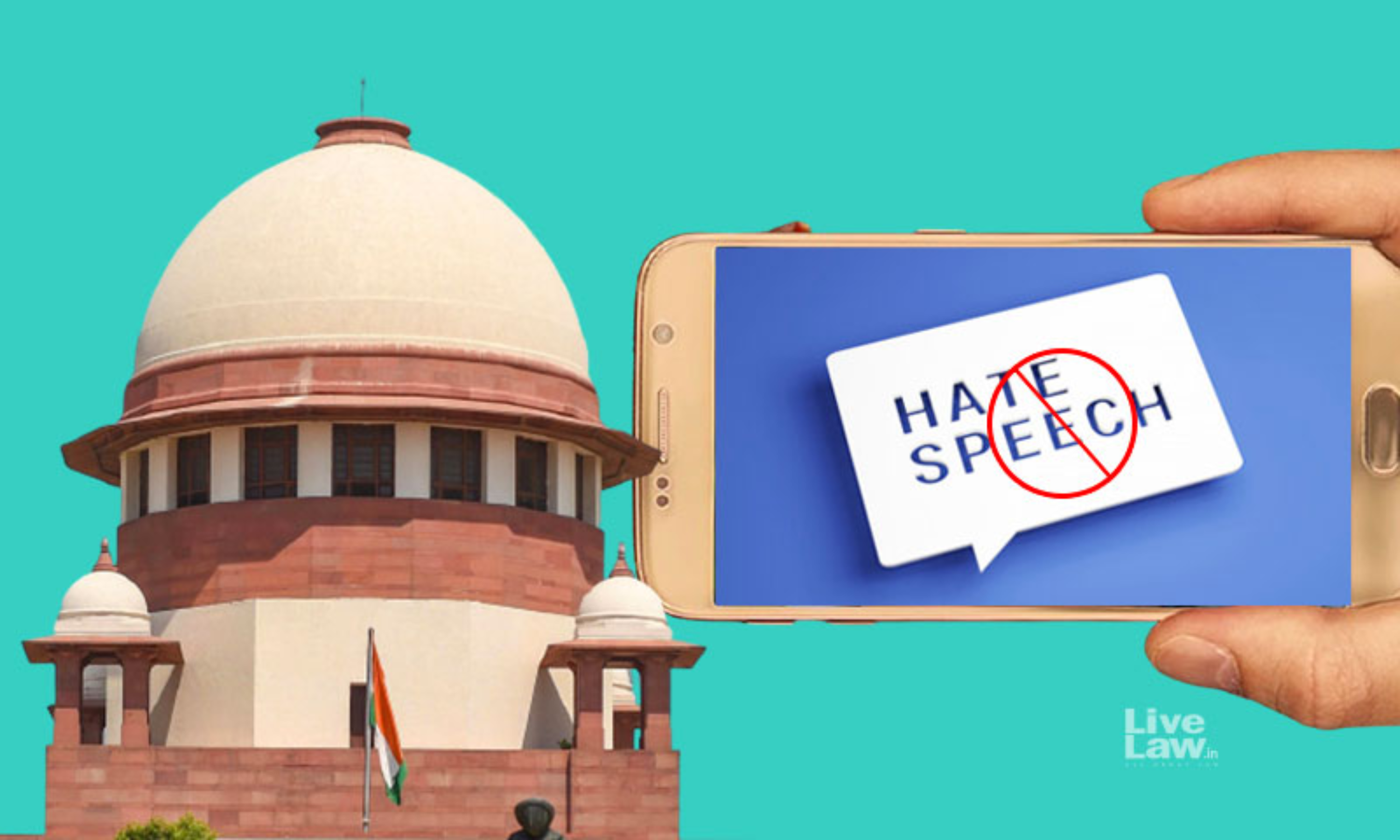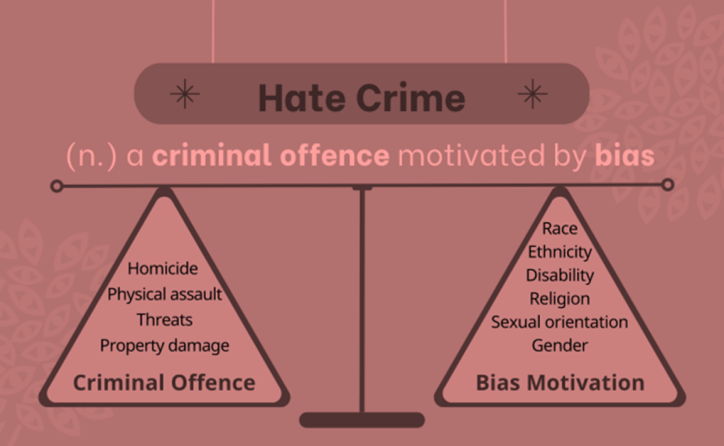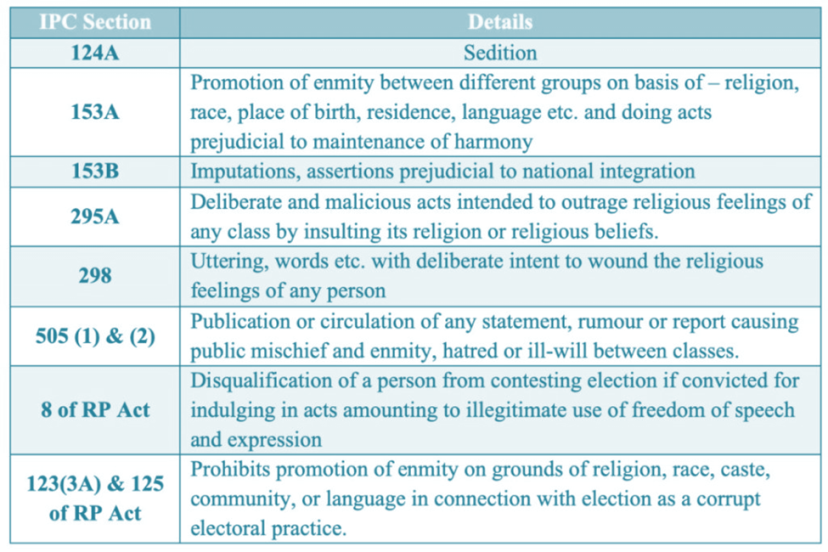
Copyright infringement not intended
Context: The Supreme Court held that the threat of hate speech is a vicious cycle that continues because the State is incapable, helpless, and doesn't respond quickly enough.
Highlights of the Supreme Court Judgement
Case
- Accepting a complaint of contempt made by a person against Maharashtra government officials for failing to prevent hate speech at several gatherings.
Expression of the Supreme
- Against Fraternity: The judges inquired, why can't the State create a system to eradicate this crime from society? We are sorry to notify you that fractures appear in the fraternity concept.
- Use of religion in Politics: The court held that hate speech will end as soon as politics and religion are separated. The court further emphasised that politicians' use of religion is the main issue.
- Rule of Law and Dignity for all: The judge stated during the hearing that "there must be the rule of law and dignity for all citizens if we want to become a superpower."
- The court said, "Now extremist groups on all sides are making hate speeches, are we going to proceed with contempt of court proceedings against all Indians? Lack of information and education is the root cause of intolerance. What kind of pleasure are we getting from victimising others, and why can't the people of this country accept a promise to behave similarly?

Hate Crimes
About
- When someone or a group is victimised violently or abusively because of their religion, caste, race, sexual orientation, or other identities, it is said to be a hate crime.
- These crimes frequently involve violence, harassment, or threats against people or groups who are seen as different or marginalised.
- The Indian Constitution (Article 14) guarantees equality and forbids discrimination based on race, religion, caste, sex, or place of birth, yet hate crimes continue to be an issue throughout the nation.

Laws against Hate Crimes in India
- Due to the variety of forms that hate crime can take, neither the legal system in India nor a single description can adequately describe it.
- However, Sections 153A, 153B, 295A, 298, 505(1), and 505(2) of the Indian Penal Code (IPC) deal with hate speech and state that any spoken or written words that inflame hostility, hatred, or insults based on race, caste, ethnicity, culture, language, region, or any other factor are illegal and subject to punishment.

Leading causes of hate crimes include
- Ethnic and religious tensions: India is a diverse nation with many distinct ethnic and religious communities. Violence and hate crimes frequently result from these tensions.
- Discrimination based on caste: Caste-based prejudice has a long history in India, which has influenced the marginalisation of some communities and the execution of hate crimes against them.
- Absence of Political Will: Despite the existence of laws and regulations to prevent hate crimes, the lack of political will to properly enforce them has produced a climate where such acts are acceptable.
- Misinformation and social media: The spread of hate speech and false information on social media can escalate tensions and facilitate the execution of hate crimes.
Possible Ways to Deal with Hate Crimes
Campaigns for Public Awareness
- Raising awareness of the damaging impacts of hate crime on both individuals and society at large is the first step in combating it.
- Campaigns through the media and community outreach initiatives can be utilised to inform the public about the effects of hate crimes and nudge them to come forward with information about them.
Community Involvement
- In combating hate crimes, communities may be quite influential. This may be achieved by developing areas where individuals can congregate and have frank and open talks about the problems that separate them.
- Along with fostering deeper understanding and respect, this can also assist to forge of links between various cultures.
Making Use of Technology
- Hate crime reporting and monitoring may be improved with the use of technology.
- The creation of digital reporting tools and the use of data analytics to uncover hotspots and patterns in hate crime are two examples of how to do this.

Programs for restorative justice
- The objectives of restorative justice initiatives are to make things right and foster communication between victims, offenders, and the community.
- When there has been a hate crime, these initiatives can be utilised to encourage healing and peace between the impacted communities.
More Severe Penalties
- Increasing punishment for people who commit hate crimes is another strategy to combat the problem. This may act as deterrence to those who might be considering conducting hate crimes.
Must Read Articles:
Hate Speech: https://www.iasgyan.in/daily-current-affairs/hate-speech-17
|
PRACTICE QUESTION
Q. In India, several conditions make hate speech more likely. Discuss the effects of hate speech in this context, and offer some suggestions on how to address it.
|

https://www.deccanherald.com/assembly-election-2019/moment-politicians-stop-using-religion-in-politics-hate-speeches-will-go-away-supreme-court-1204663.html






